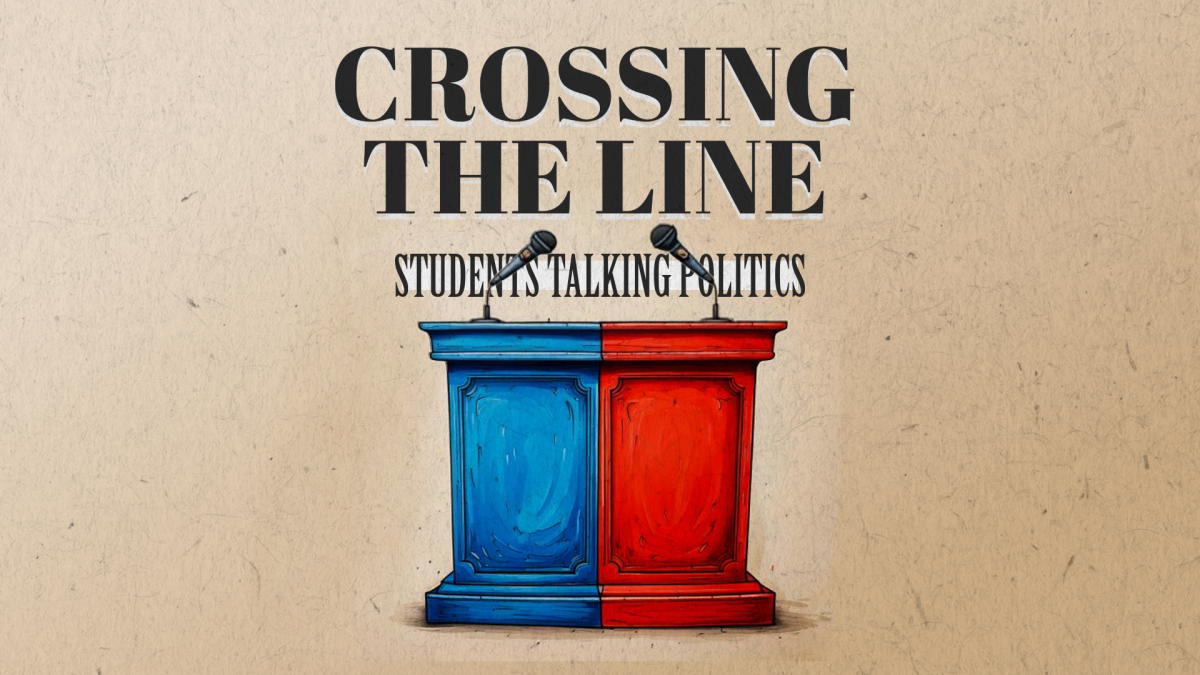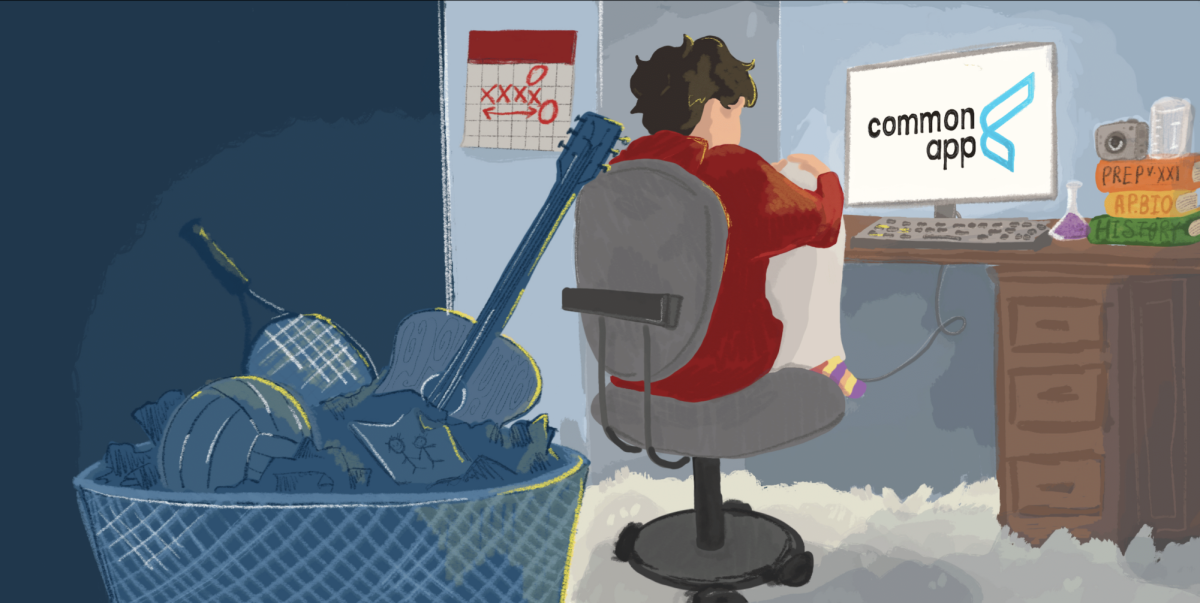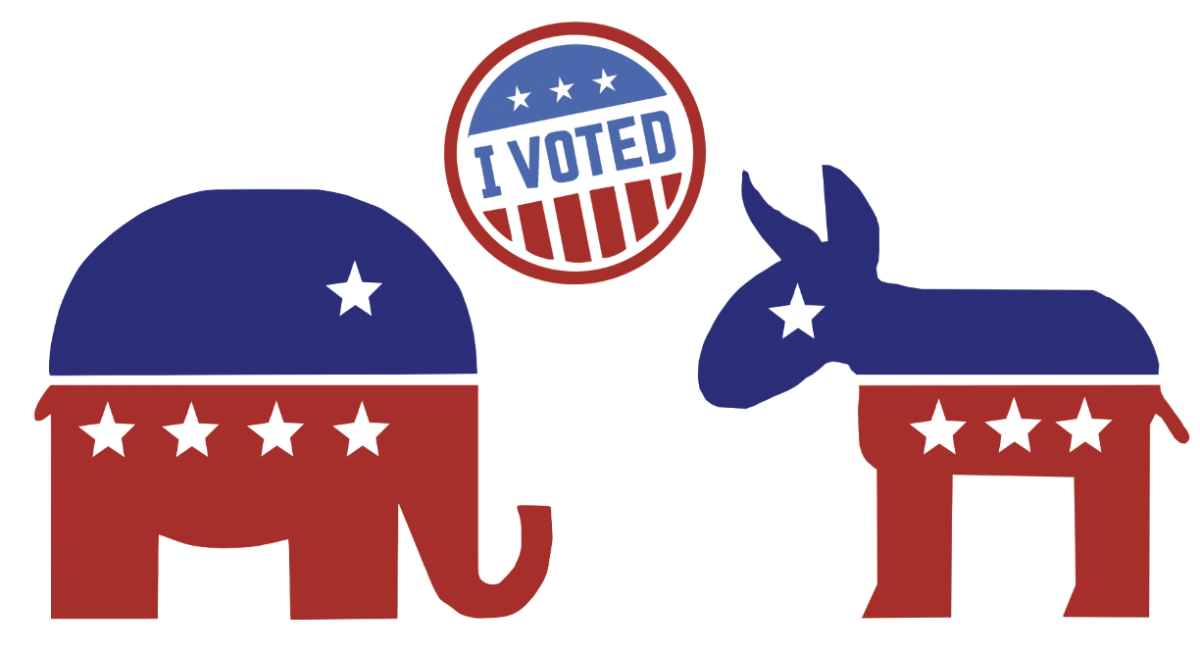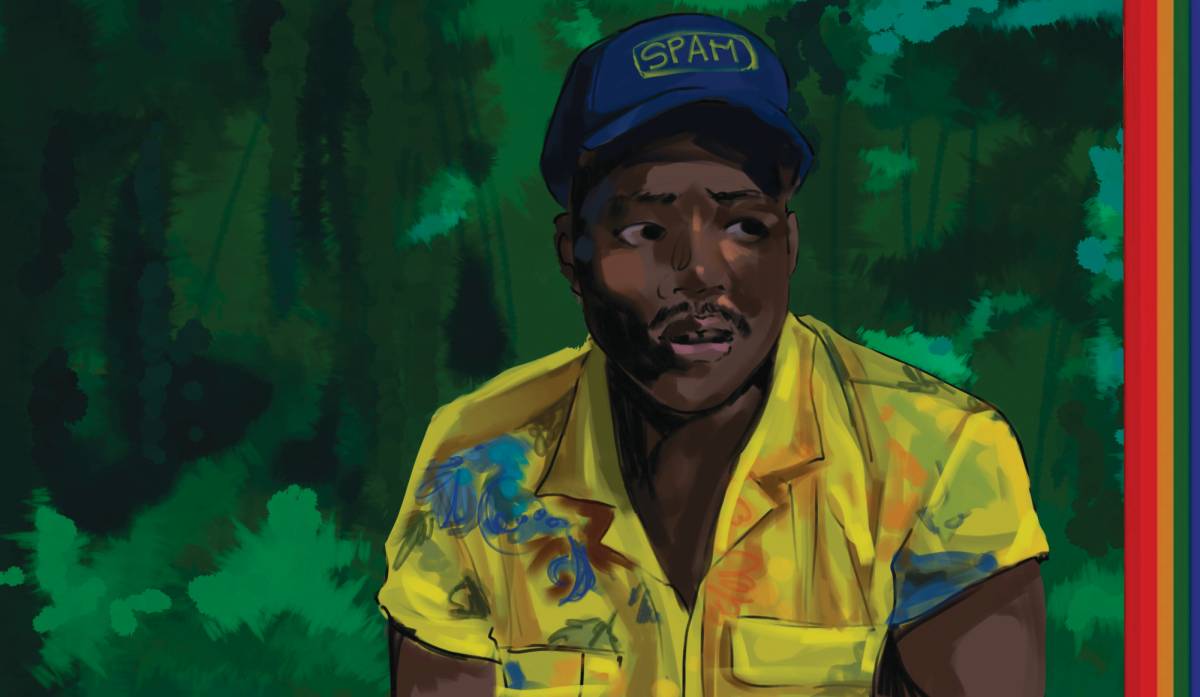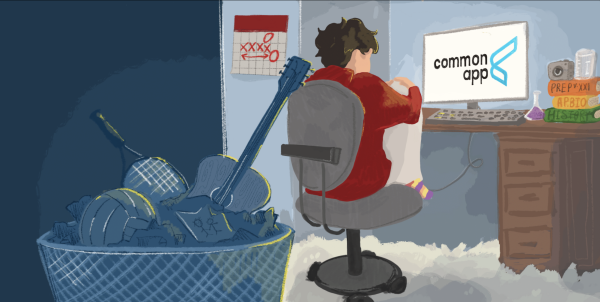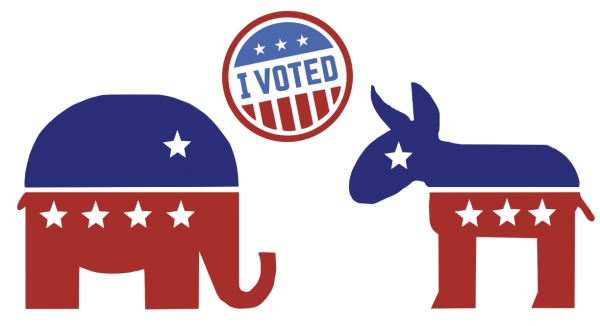Hierarchy in the health care system
Students grapple with the inaccessibility of mental health resources based upon their financial situations as well as other barriers.
Shaking out her blanket and laying it across a cushioned armrest, Zoe Shapiro ’23 stood up from the couch. She passed a table of snacks catered to dietary restrictions and a bucket of toys meant for younger patients and made her way to the door. Over her shoulder, she shouted her final thanks before starting towards the elevator, smiling widely. Her phone dinged—a text from her therapist. “Do you want me to walk you down? it’s getting late.”
“I am so thankful [to] have access to someone who makes me feel so welcome and comfortable,” Shapiro said. “Therapy has truly done wonders for me.”
Around the same time, Madelynn James ’23 settled on her bed, hoping her thin bedroom door would be soundproof enough to provide some privacy. Opening her laptop, she clicked on a Zoom link, mentally preparing herself to greet the new therapist she had been put into touch with through her healthcare plan.
“[My therapist] looked concerned, but not surprised, as I told her straight up, multiple times that I needed help,” James said. “Being a low-income student makes help really hard to get and really hard to find. Not only is [help] hard to access but also what is accessible is not great. ”
James said instead of feeling comfortable in the therapy environment, she felt like an unwanted burden.
“[I felt] like an obligation,” James said. “It [was] really difficult to manage, as I was already feeling a variety of complex emotions. Being treated like a nuisance by the people who [were] supposed to help [me] was very hurtful. I had to turn to the Suicide Hotline, but being [put] on hold for 10 minutes doesn’t help anyone’s mental state .”
James said although she originally hoped the healthcare system would provide her with the emotional support she needed, she eventually felt despondent as a result of her experiences in therapy.
“Knowing that healthcare couldn’t provide me with the resources I needed made me feel so hopeless,” James said. “The only people who have the power to [get me] help couldn’t provide for me what I needed. I
According to the Electronic Health Reporter, the average cost for a therapy session is between $60 and $120, while the average cost for an initial psychiatric consultation is between $300 to $500. For students with financial aid, health benefits and medical expenses are not covered by the school, according to Director of Financial Aid Greg Gonzalez.
Nathalie Paniagua ’23 said she has noticed financial divides in the psychological healthcare allotted to her peers.
“I have noticed that my friends [of] higher socioeconomic status have more resources available to them,” Paniagua said. “They are also more comfortable seeking out these resources without fear of their parents saying no because of financial issues. I also have friends [who] have lower socioeconomic statuses. They don’t have the luxury of being able to ask their parents for help in this sense because they know their parents could feel bad about not being able to provide them this help.”
Under the Mental Health Parity and Addiction Equity Act, health insurance covers both physical and mental health. In line with this act, Head of Peer Support and Interdisciplinary Studies and Independent Research (ISIR) teacher Tina McGraw said all students with health insurance should be provided access to mental health services.
“Ever since Obamacare, mental health has gained parity with medical needs,” McGraw said. “ That means [students] should be reimbursed at the same rates. A lot of providers actually offer mental health resources within their insurance network. If you have insurance, you should be able to get therapy and gain access to psychiatrists and have your medications covered under your insurance plan.”
Peer Support Coordinator Milo Kiddugavu ’22 said he believes it is important for all students to have an outlet for their difficulties, even if their backgrounds or socioeconomic statuses make it difficult to acquire such aid.
“When I first came into Peer Support as a sophomore, I was not at all comfortable sharing any vulnerable pieces of my life,” Kiddugavu said. “But getting to know the people around me really opened up my perspective to see that people do want to share about what’s going on in their life. If you give them the chance, they will not hesitate to reach out to you and work through their problems using the support of their community and the people around.”
Kiddugavu said the school has created a supportive environment for students who may not have access to mental health resources out of school.
“It is really important to have a psychological hub for anybody who is in any financial setting, especially at [the school] because we do have a lot of people who are on financial aid and it might not be accessible outside of school,” Kiddugavu said. “We really want the best for all of the students here and to give them the full extent of our resources. One of our biggest resources is [our] accepting and supporting community.”
Although Idalis McZeal ’23 said she believes financial status plays a large role in one’s ability to seek out help, she noted other harmful factors that may prevent someone from receiving therapy or medication.
“I think another barrier, in addition to financial issues for students, is [the] cultural norms that stigmatize getting therapy,” McZeal said. “Unless you are going through something really extreme and obvious, parents don’t think that getting help is necessary. Within communities of [people of] color, mental health is viewed as a sort of taboo subject.”
McZeal said although discussing mental health in her home life can be difficult, the school has provided her with great resources to help her through the school year.
“For those who are facing any sort of barrier to reaching mental health assistance, providing these resources at school solves a majority of these issues,” McZeal said. “You don’t have to go through a parent in order to access these services, and you don’t have to pay in order to be able to meet with them.”
Counselor and ISIR Teacher Michelle Bracken said she tries to ensure that each student is provided access to the support they need through school resources.
“We will, as a counseling team, look for affordable organizations that can that do counseling for a lower fee,” Bracken said. “I imagine there are scenarios where the ability to track down those lower fees might be challenging for someone. So whether that’s an access issue, a language issue or a cultural issue, there are many different ways actually accessing someone who [will help] this particular student and their family will be hard. It is a system that is not fully supportive or totally equitable.”
Associate Head of School Laura Ross said the school is working to provide mental health resources and hopes every student will gain access to the care they need.
“I hope at some point in our society, we get to a point where mental health counseling is just like [going] to a doctor,” Ross said. “[The school is] full of human beings who have challenges. We are a place with a lot of students with a lot of goals, and [therefore], a lot of stress in their lives. Having the opportunity to talk that out when things get overwhelming [is crucial].”








